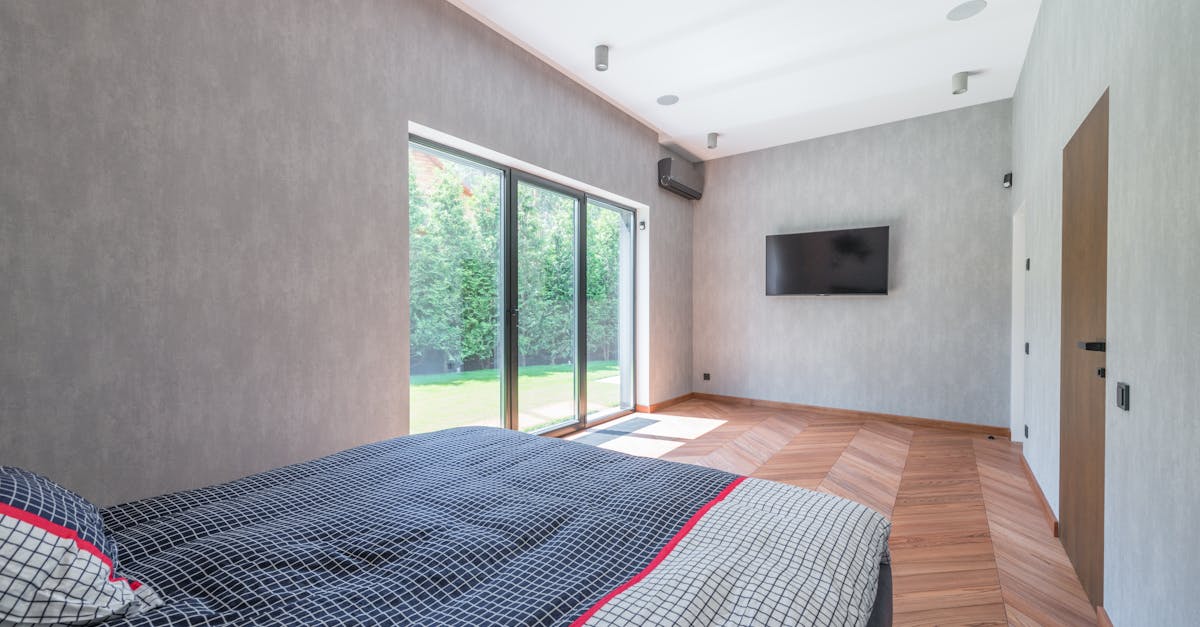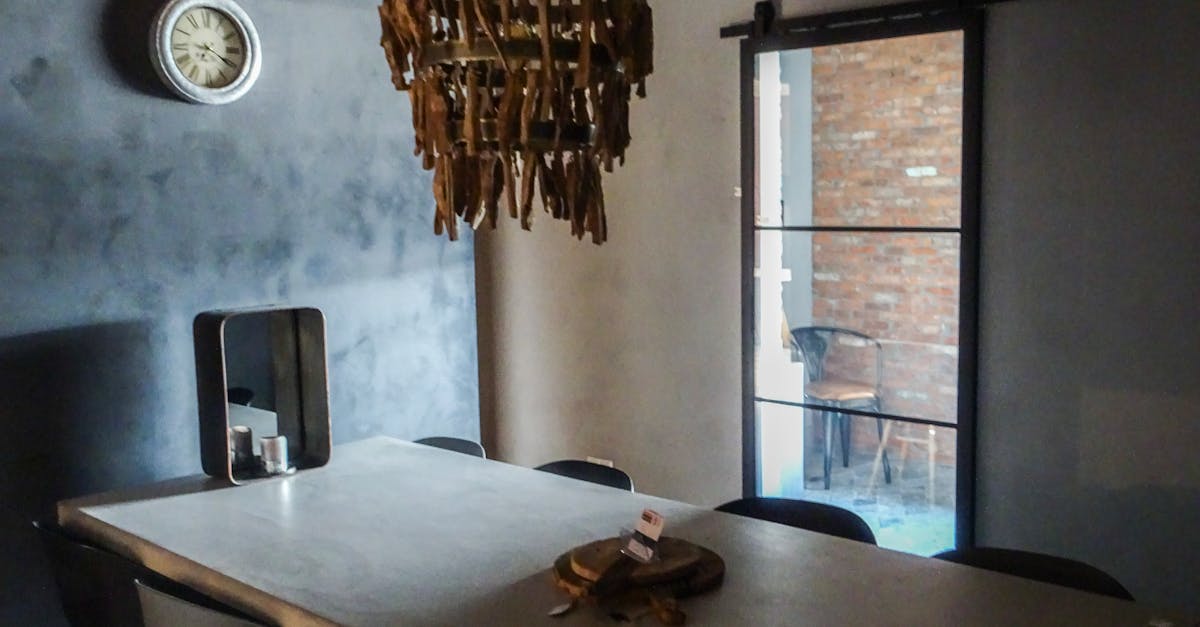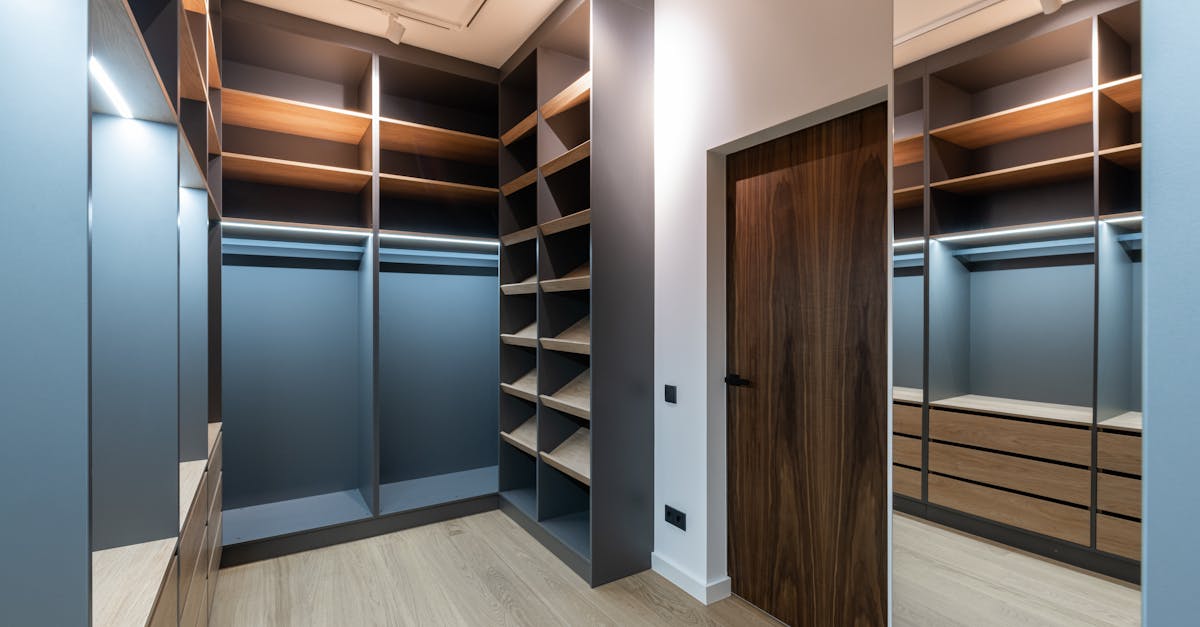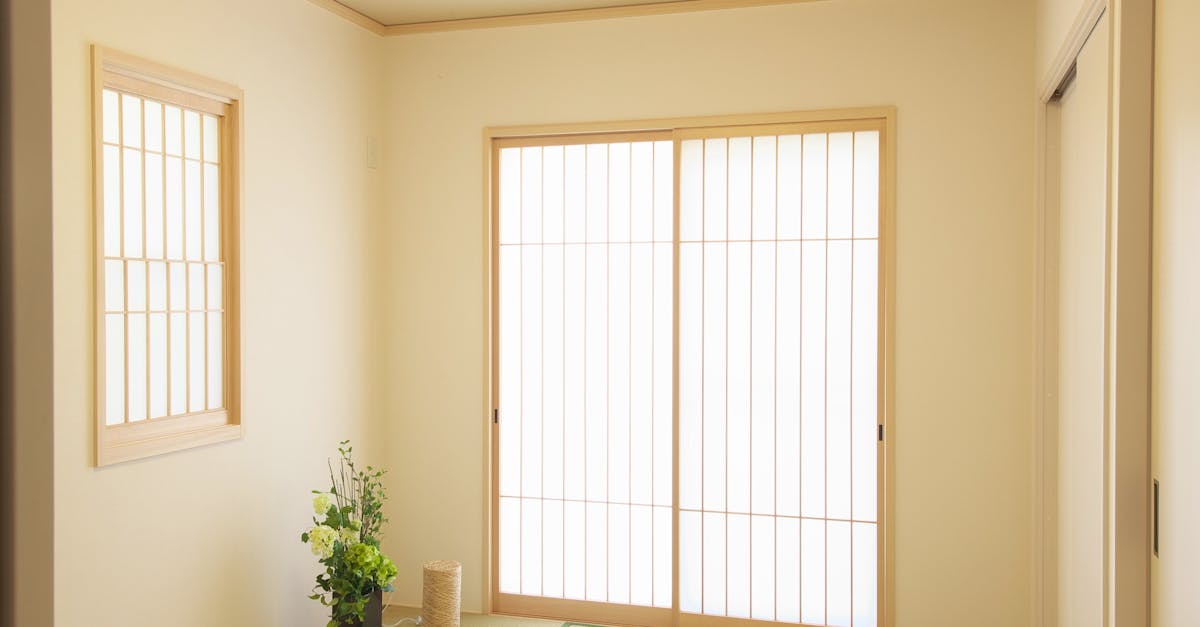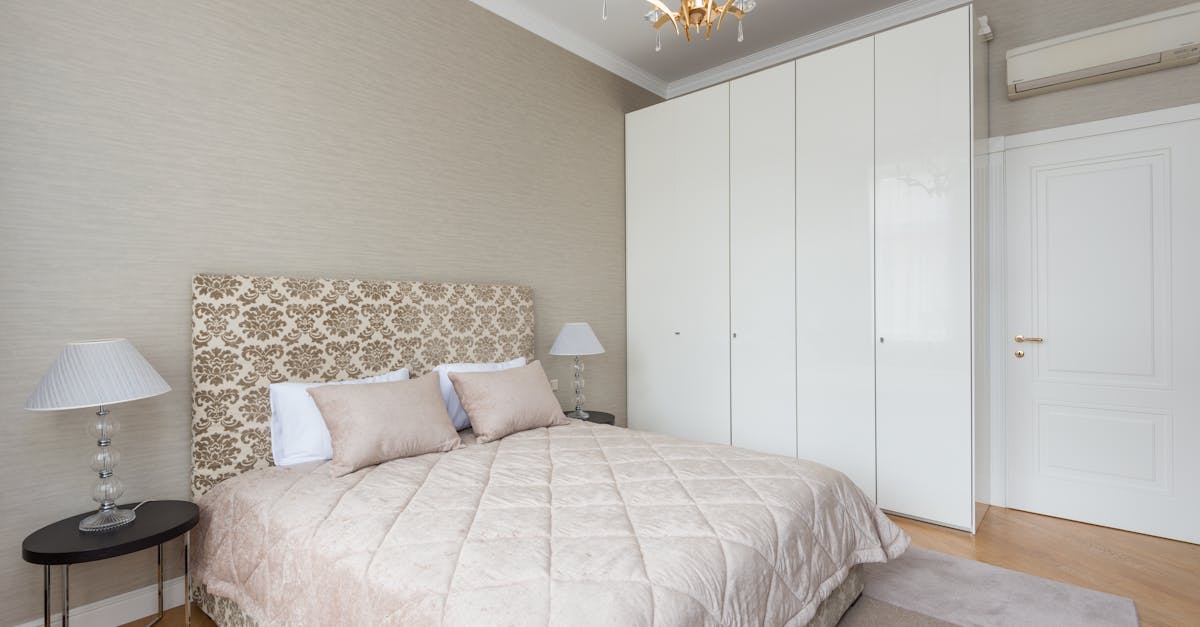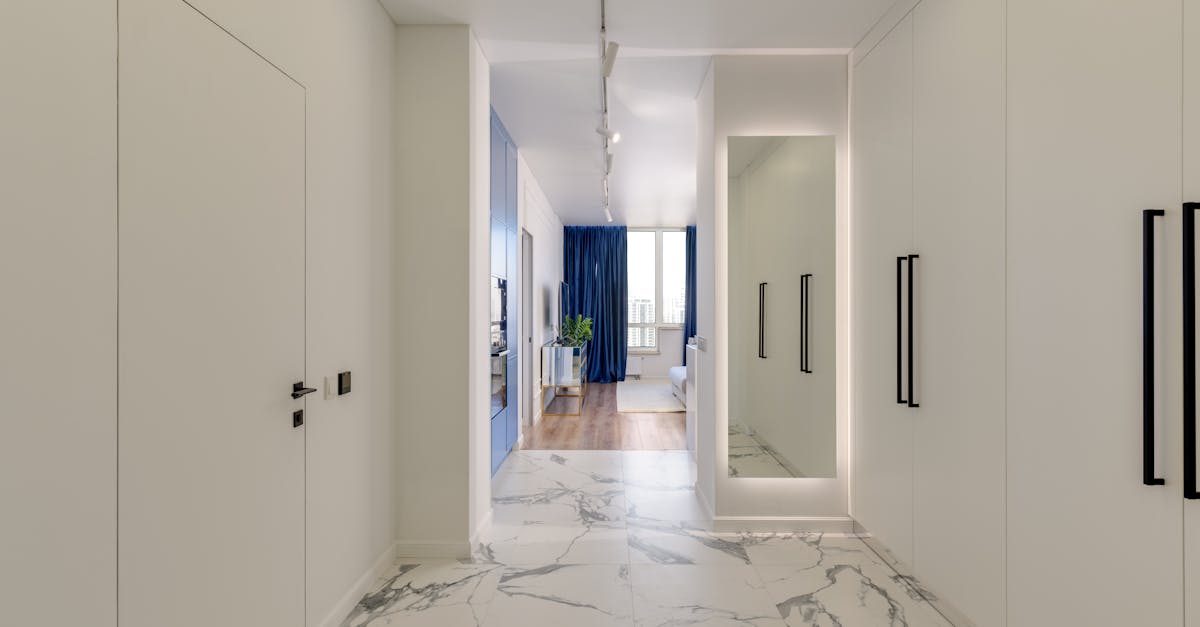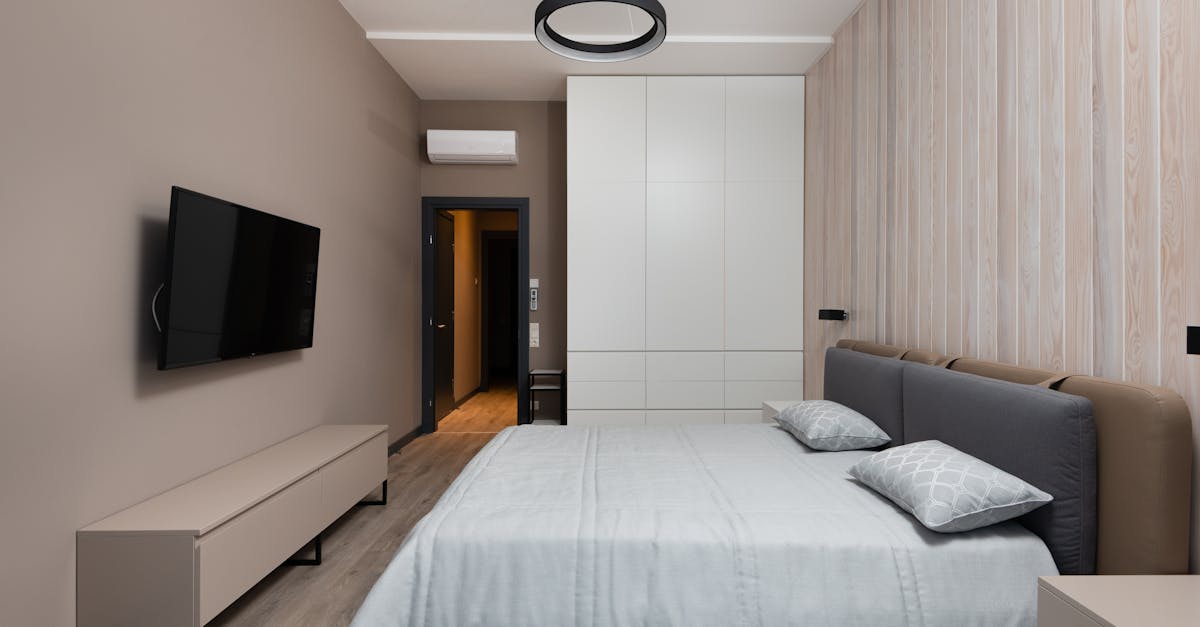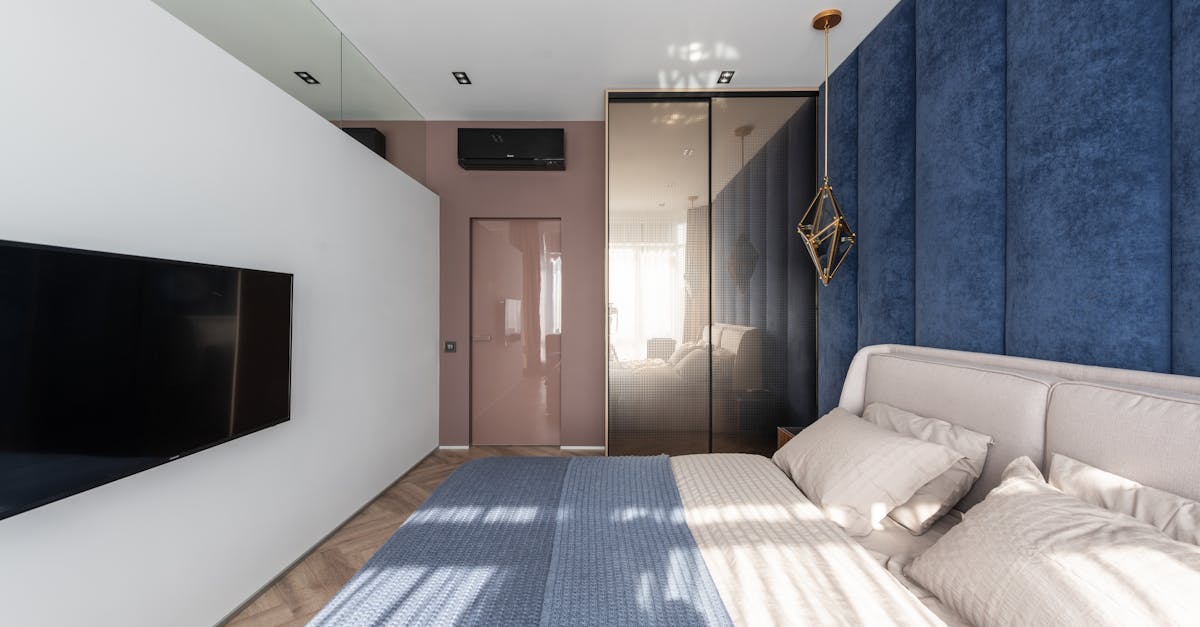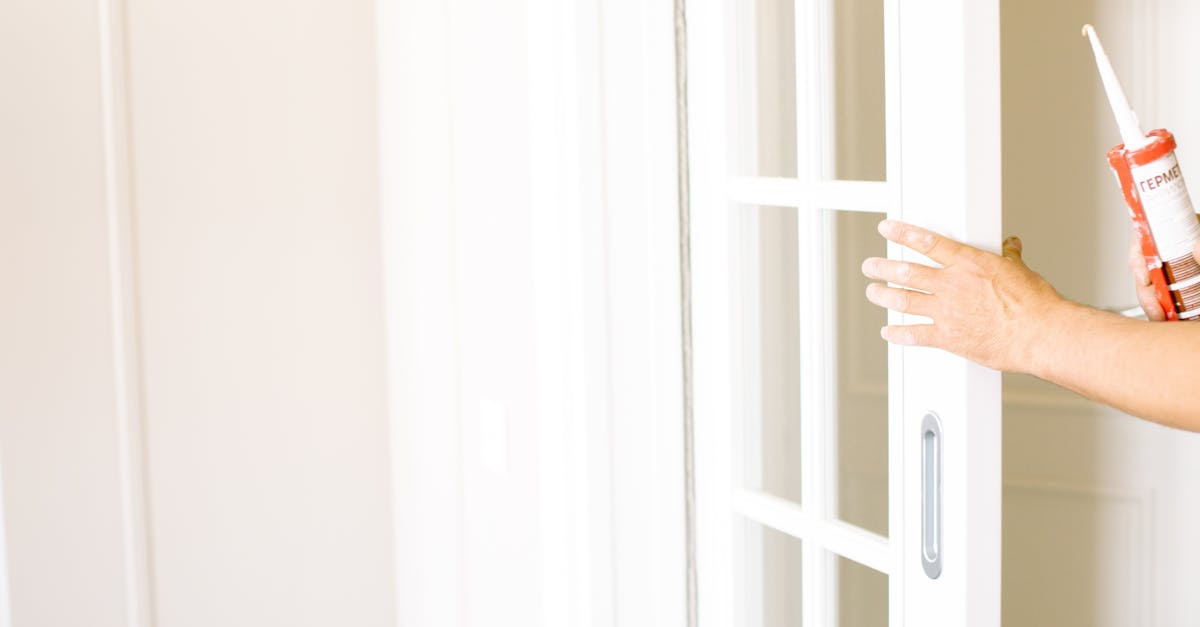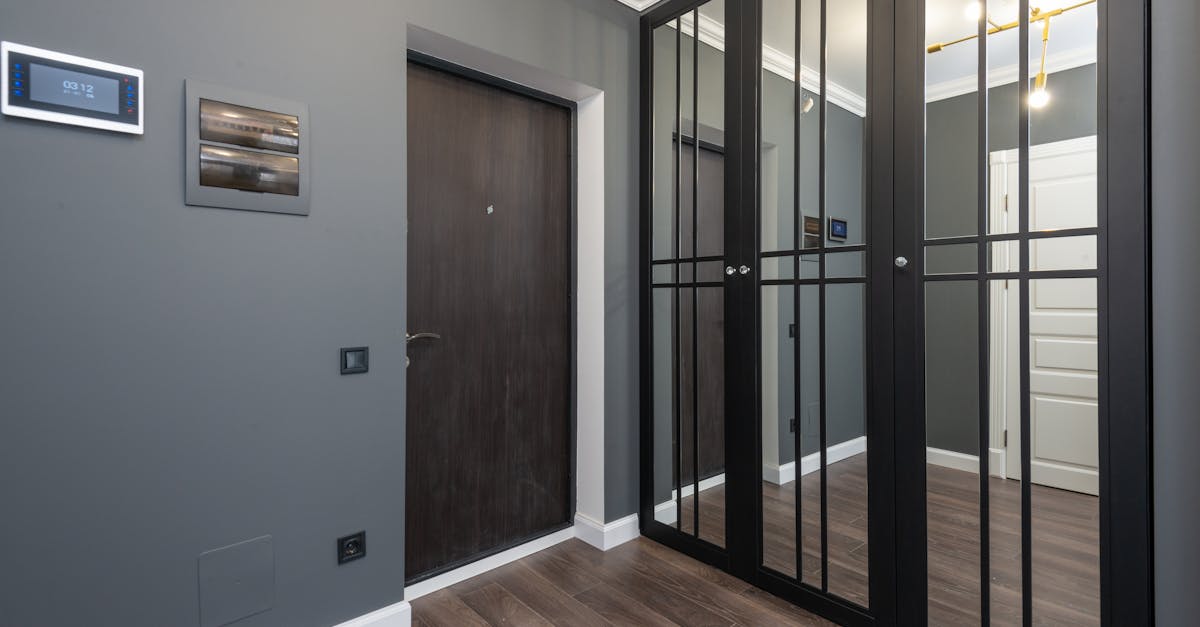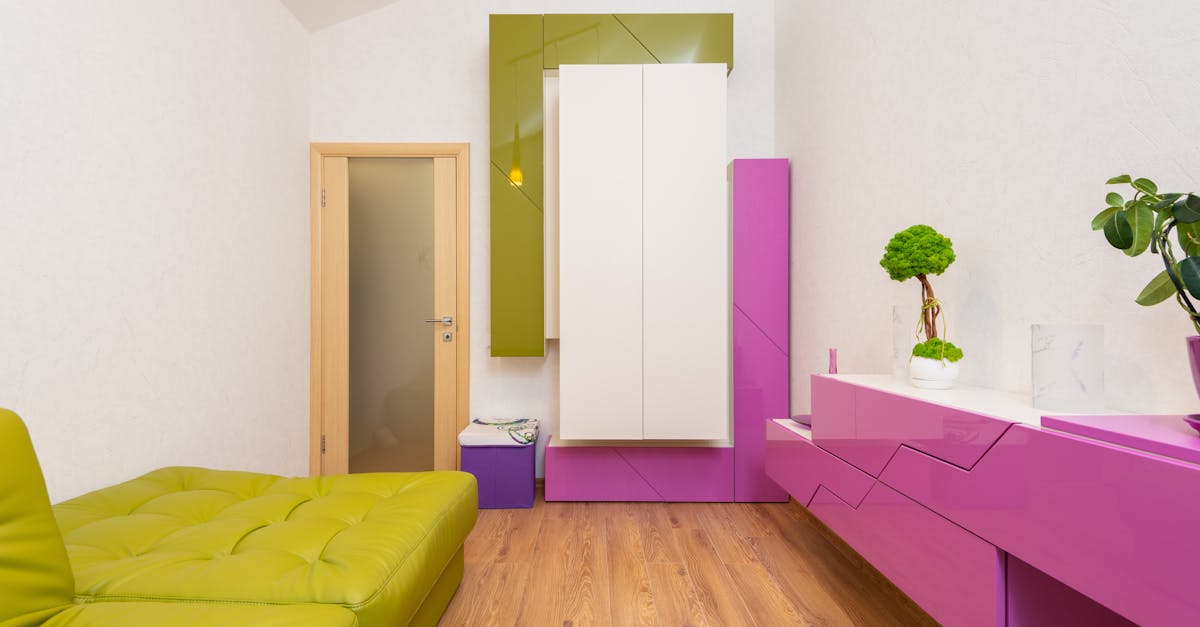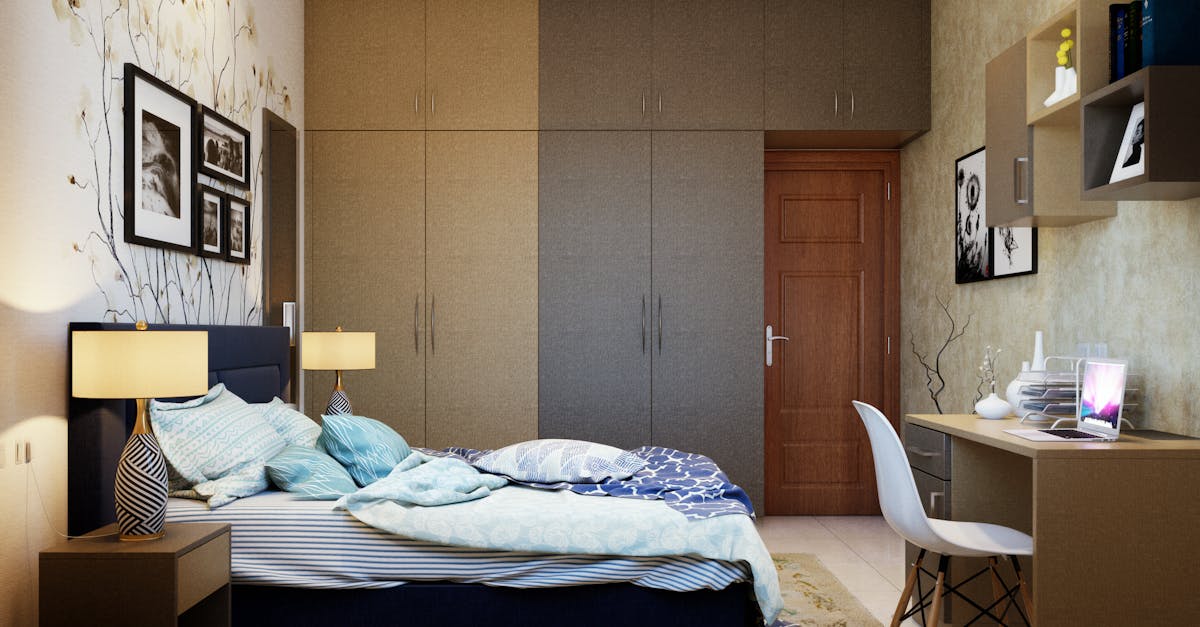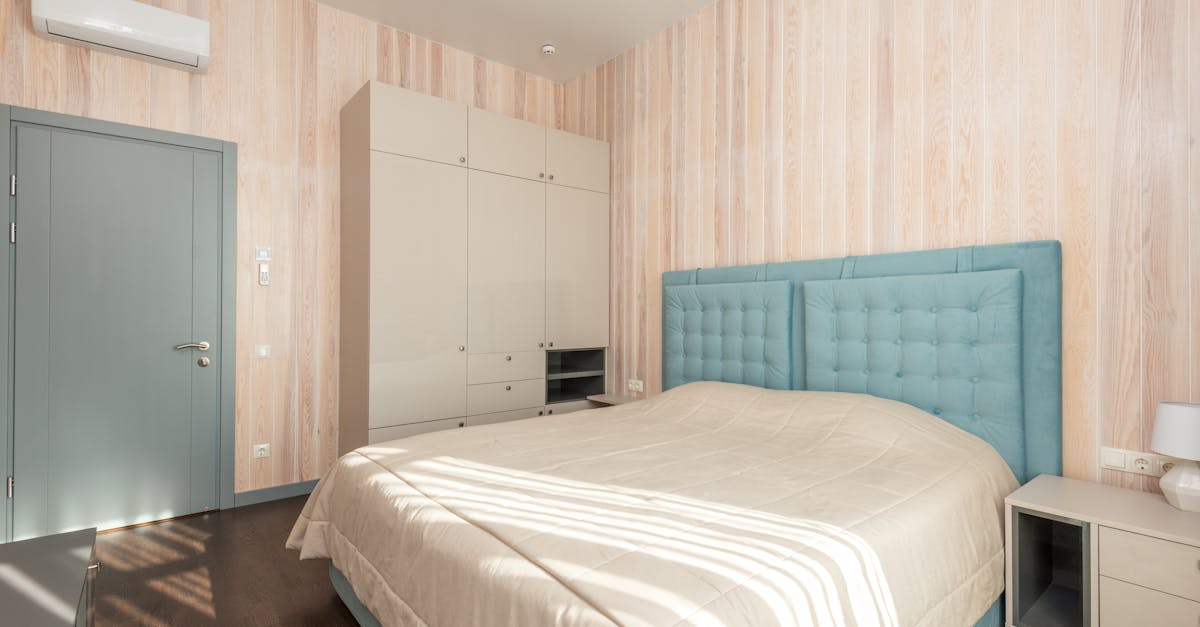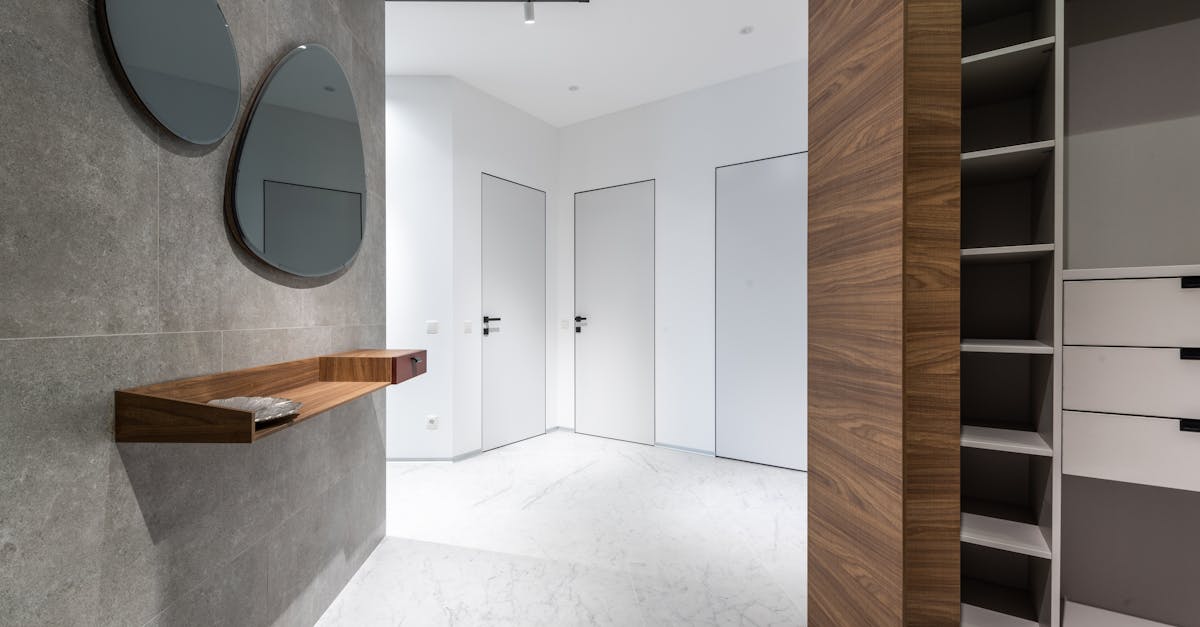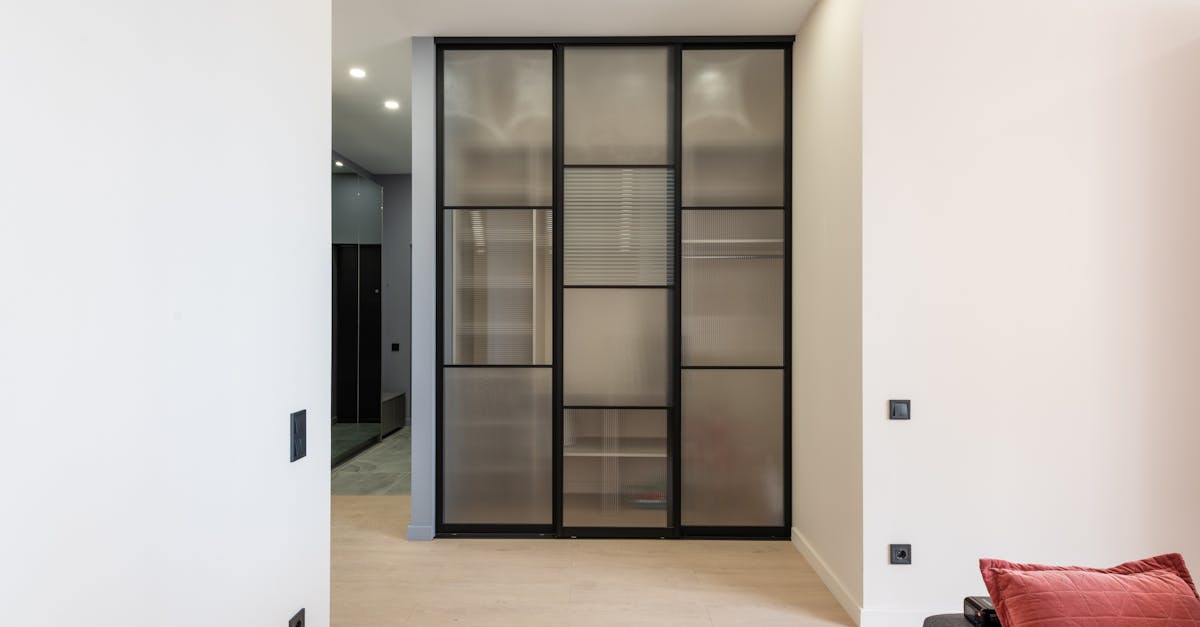
Table Of Contents
Adjust the Door Alignment
Misalignment often causes sliding door wardrobes to stick and become difficult to operate. Over time, the weight of the doors can shift their positioning, leading to gaps or friction against the frame. To address this issue, examine the top and bottom tracks where the doors slide. Look for any unevenness that may indicate the doors are not perfectly aligned. Adjusting the screws on the rollers can help realign the doors, restoring smooth functionality.
When adjusting the alignment, focus on the spacing between the doors and the frame. If one door is closer to the edge than the other, it can create a blockage or an uneven glide. Take the time to gently lift or lower the door to achieve the desired height. Tightening or loosening the roller screws will often do the trick. Regular maintenance ensures that sliding door wardrobes continue to operate smoothly and effortlessly.
Tips for Properly Aligning Your Wardrobe Doors
To properly align your sliding door wardrobes, first assess the current positioning of the doors. Make sure they sit evenly within the frame and that gaps are consistent along the edges. If one door is higher or lower than the other, you may need to adjust the height of the rollers. This can often be done by turning adjustment screws located at the top or bottom of the sliding doors, allowing for a simple fix that can dramatically improve functionality.
Next, inspect the tracks for any debris or obstructions that could affect the movement of the doors. Dirt, dust, or small items trapped in the track can prevent smooth operation. By carefully cleaning these areas, you promote better alignment and ensure that the doors glide effortlessly when opening and closing. Regular maintenance of the sliding door wardrobes helps maintain not only alignment but also longevity and overall performance.
Clean the Sliding Tracks
Regular maintenance is essential for the smooth operation of sliding door wardrobes. Over time, dust, dirt, and debris can accumulate in the sliding tracks. This buildup can cause doors to stick or become misaligned. To prevent these issues, a thorough cleaning of the tracks should be part of your routine care. Removing any obstructive materials will help ensure that the doors glide easily and function as intended.
To clean the sliding tracks, start by using a vacuum attachment or a soft brush to eliminate loose dirt. Next, a damp cloth prepared with mild soap can be used to wipe down the tracks. Avoiding harsh chemicals is advisable since they might damage the surfaces. After cleaning, check for any signs of wear or damage. A clean and well-maintained track can significantly prolong the lifespan of your sliding door wardrobes.
Importance of Regular Maintenance
Regular maintenance is crucial for keeping sliding door wardrobes functioning smoothly. Dirt and debris can accumulate in the tracks, causing the doors to stick or operate unevenly. Regularly cleaning the tracks helps prevent issues before they become significant problems. This simple maintenance task can enhance the lifespan of the wardrobe doors and improve overall usability.
In addition to cleaning, routine inspections are important for identifying potential wear on components like rollers or track systems. By checking for signs of damage or misalignment, you can address these concerns early. This proactive approach minimizes the risk of more extensive repairs later on, ensuring that your sliding door wardrobes remain a convenient and stylish feature in your space.
Replace Worn-Out Components
Over time, the components of sliding door wardrobes can wear out, leading to issues like sticking or difficulty in operation. Inspect rollers, tracks, and other hardware for signs of damage or excessive wear. If the rollers appear cracked or the tracks seem bent, replacement may be necessary to restore smooth functionality. Many hardware stores offer replacement parts specifically designed for sliding door wardrobes, making it easier to find compatible components.
Identifying parts that need replacement involves a careful examination of the doors' movement. Pay attention to any odd noises or resistance when opening and closing the doors. This can indicate that specific components have degraded. Regular checks can prevent further damage and ensure that your sliding door wardrobes operate efficiently for years to come. Investing in high-quality replacement parts can significantly enhance the overall performance and durability of your wardrobe system.
Identifying Parts That Need Replacement
When dealing with sticking sliding door wardrobes, the first step is to identify any worn-out components. Check the rollers at the bottom of the doors. Over time, these rollers can become damaged or clogged with debris, leading to poor movement. Inspect the tracks as well; if they are bent or obstructed, they will hinder the smooth gliding of the doors.
Another area to examine is the door hardware. Hinges, screws, and brackets might wear down or loosen with regular use. Ensure that all hardware is securely attached and functioning properly. If you notice any missing screws or broken parts, replacement should be a priority to restore the efficiency of your sliding door wardrobes.
FAQS
What causes sliding wardrobe doors to stick?
Sliding wardrobe doors can stick due to misalignment, dirt or debris in the tracks, or worn-out components like rollers and tracks.
How can I adjust the door alignment of my sliding wardrobe?
To adjust the door alignment, locate the adjustment screws on the rollers, and turn them to raise or lower the door until it is properly aligned with the frame.
How often should I clean the sliding tracks of my wardrobe doors?
It is recommended to clean the sliding tracks at least once every few months to prevent dirt buildup that can cause sticking.
What signs indicate that components of my sliding wardrobe doors need replacement?
Signs include difficulty sliding the doors, visible wear or damage on the rollers or tracks, and unusual noises when operating the doors.
Can I fix sticking sliding wardrobe doors myself, or should I hire a professional?
Many issues can be resolved with DIY methods, such as adjusting alignment and cleaning tracks, but if the problem persists or involves complex repairs, hiring a professional may be advisable.


